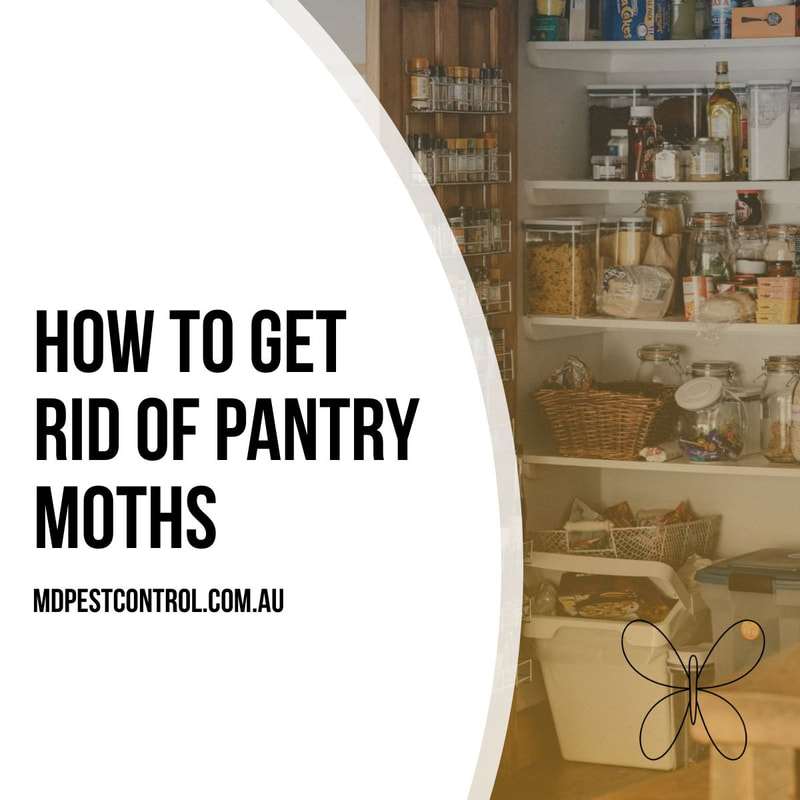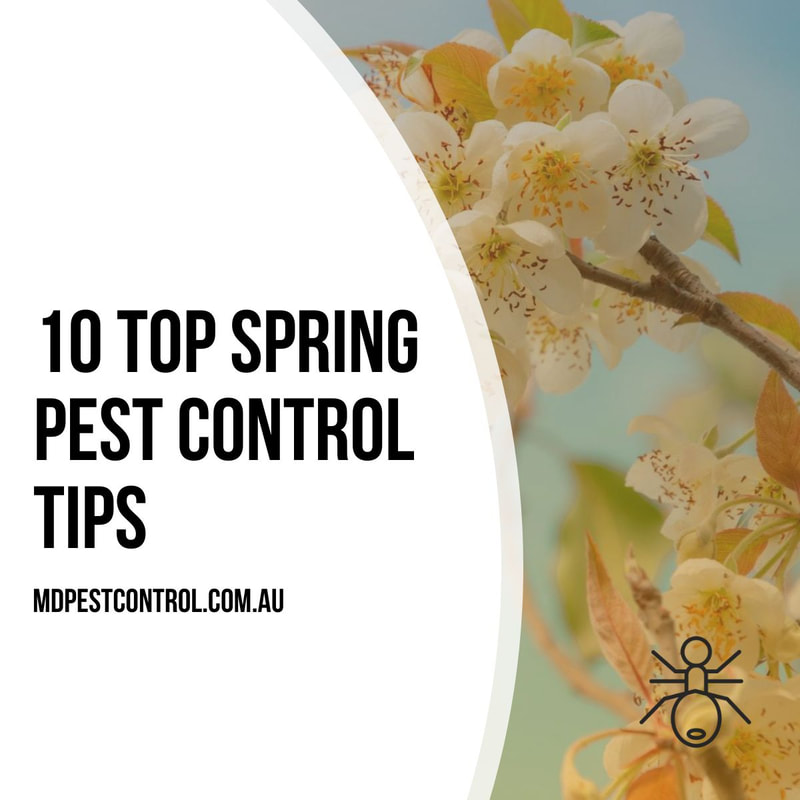All about silverfish
Silverfish prefer to eat carbohydrates. They’re not particularly fussy and will eat paper, cardboard, grains, sugar, and some fabrics. Silverfish will also eat other plant and animal materials such as leather.
Adult silverfish can live for 2-8 years, growing all the while. The longer they live, the more eggs they lay, the bigger the silverfish control problem becomes.
One of the most common ways you’ll bring in silverfish bugs in your home is with infested pet food or on/in cardboard boxes.
The greatest risk that silverfish bring to humans is:
- spiders love to eat them
- some people are allergic to their shed exoskeleton
Silverfish control tips
| · Reduce humidity in bathrooms, kitchens, laundries, ceiling or floor cavities and other damp areas · Fix any reasons for the moisture. (Don’t forget that termites like moisture too) · Keep their favourite food in sealed plastic containers and preferably off the ground · Keep it clean. Clean up food spills, remove piles of papers and regularly and thoroughly vacuum · Fill gaps in walls and skirting boards · Carefully check any cardboard boxes you may bring into the house to avoid re-infestation. |
How to get rid of silverfish
Place affected items in a sealed plastic bag with silica gel or diatomaceous earth. Then place this bag in the freezer for 3-7 days.
Sprinkle diatomaceous earth where you have seen silverfish. When silverfish come in contact with it, it destroys their outer waxy coating, causing them to lose moisture and die.
You can always bring in the big guns and call a professional pest controller such as MD Pest Control. With industry expertise and specialized treatments, you know you’ll be in good hands and that the silverfish problem will soon be a thing of the past. Ready to book? You can book online now.




 RSS Feed
RSS Feed


